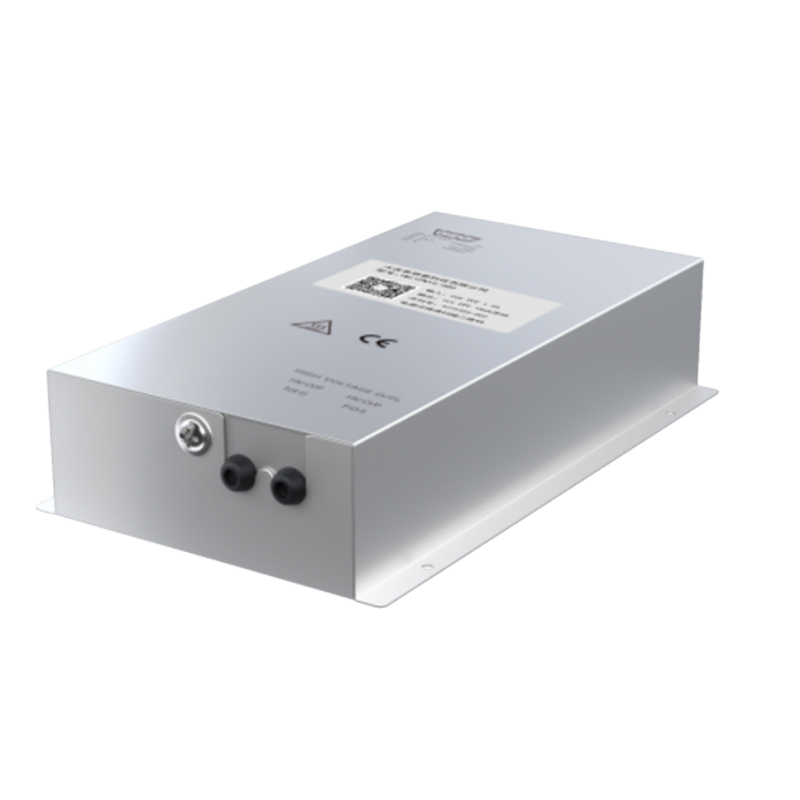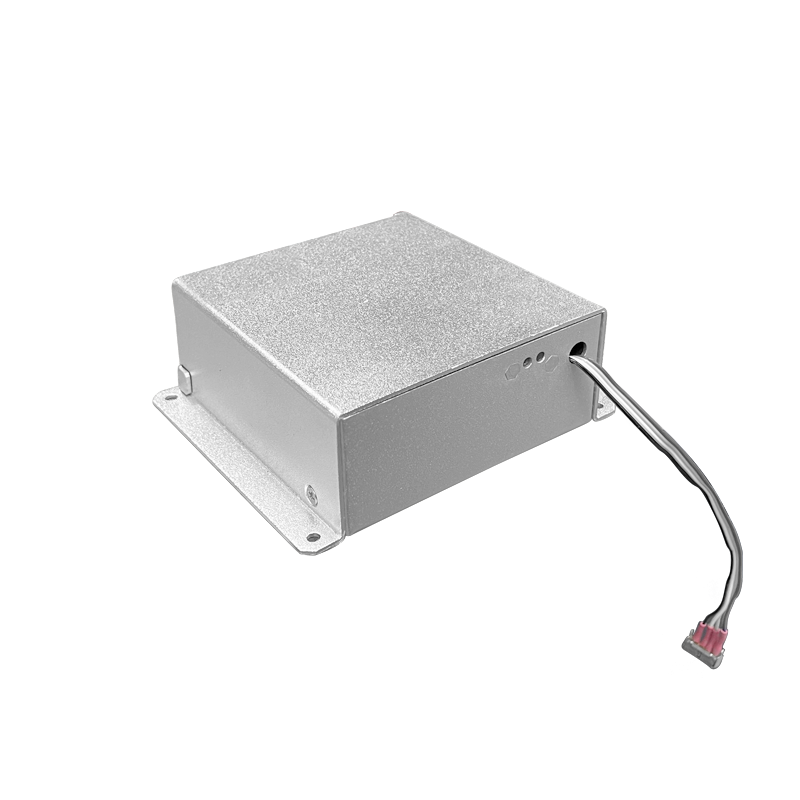Application and Efficiency Evaluation of High-Voltage DC Power Supply Technology in Microgrid Systems
With the rapid development of renewable energy and distributed generation technologies, microgrid systems have gradually become a research hotspot in the field of electricity. A microgrid system is a small-scale power system that organically integrates distributed power supplies, energy storage devices, loads, and control systems, featuring high efficiency, environmental protection, and flexibility. In microgrid systems, high-voltage direct current (HVDC) power supply technology, as an efficient means of power transmission, has been widely applied. This article will explore the application of high-voltage DC power supply technology in microgrid systems and its efficiency evaluation from a professional perspective.
I. Application of High-Voltage DC Power Supply Technology in Microgrid Systems
1. Distributed Power Access: Distributed power sources in microgrid systems, such as photovoltaic power generation and wind power generation, usually produce direct current. Adopting high-voltage DC power supply technology can directly connect these DC power sources to the microgrid, avoiding the rectification and inversion links required in traditional AC access methods, reducing energy loss and equipment costs.
2. Energy Storage Systems: Energy storage systems are an important component of microgrid systems, used to balance the intermittency and variability of distributed power sources. High-voltage DC power supply technology can be used to build DC energy storage systems, improving the efficiency and response speed of energy storage systems.
3. Internal Power Transmission of Microgrids: In microgrid systems, using high-voltage DC power supply technology for power transmission can reduce line losses and improve transmission efficiency. In addition, DC transmission does not have frequency stability problems, which is conducive to the stable operation of microgrid systems.
4. Connection Between Microgrids and Main Grids: At the connection between microgrids and main grids, high-voltage DC power supply technology can achieve bidirectional interaction between microgrids and main grids, improving the flexibility and reliability of the power system.
II. Efficiency Evaluation of High-Voltage DC Power Supply Technology in Microgrid Systems
1. Conversion Efficiency: The core equipment of high-voltage DC power supply technology includes DC-DC converters and DC-AC inverters. When evaluating their efficiency, it is necessary to pay attention to the conversion efficiency of these devices, that is, the ratio of input power to output power. Currently, high-performance DC-DC converters and DC-AC inverters have conversion efficiencies of over 95%.
2. Line Losses: In microgrid systems, adopting high-voltage DC power supply technology can reduce line losses. Line losses are proportional to the square of the current, and the current in DC transmission is much smaller than that in AC transmission, so the line losses in DC transmission are lower.
3. System Stability: High-voltage DC power supply technology is beneficial to improving the stability of microgrid systems. Compared with AC transmission, DC transmission does not have synchronization issues and has faster response speeds. This helps microgrid systems maintain stable operation when faced with load fluctuations and changes in distributed power generation output.
4. Comprehensive Economic Benefits: When evaluating the application effect of high-voltage DC power supply technology in microgrid systems, it is also necessary to consider its comprehensive economic benefits. This includes equipment investment costs, operating maintenance costs, energy conservation, and emission reduction benefits. Through comprehensive comparative analysis, the economy and superiority of high-voltage DC power supply technology in microgrid systems can be determined.
In summary, the application of high-voltage DC power supply technology in microgrid systems has significant advantages and broad prospects. Through the evaluation and analysis of its efficiency, the design and operation strategies of microgrid systems can be further optimized, promoting the sustainable development of microgrid technology.




















